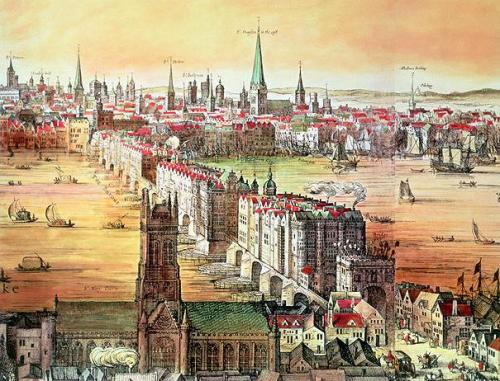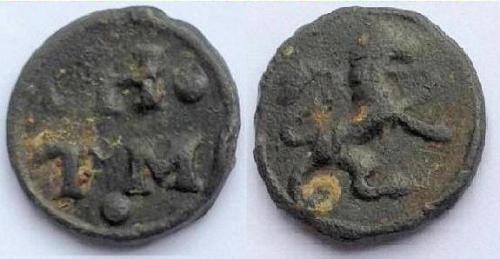From Mr. Pepys' Small Change:
This site is dedicated to all aspects of the paranumismatics of 17th century London, particularly (but not exclusively) that series of privately issued traders’ token that circulated in and around the city during the period 1648/9 to 1672. This is a period for which we know a huge amount regarding the detail of everyday life and death in the city from Samuel Pepys’ celebrated diaries. Pepys himself had close associations with several of the people and establishments that issued these tokens and will almost certainly have regularly found them amongst the small change in his coat pockets.
In the first half of the 17th century the copper coinage in England was in disarray. The King took little interest in providing small denomination coinage and farmed out contracts for minting base metal farthings to favoured courtiers such as Lords Harrington, Richmond, Lennox and Maltravers. The result of this was a poor, lightweight low denomination coinage that found no popularity amongst the public.After the civil war Parliament resumed the minting of precious metal coinage in the name of the Commonwealth. However, the resumption of striking low denomination base metal coinage was not satisfactorily addressed by the new authorities resulting in a further dearth in the circulation levels of small change. With the Royal Prerogative for minting base metal coin removed, market forces stepped in to resolve the situation with ordinary tradesmen and even some town authorities starting to issue their own low denomination token coinage (principally farthings, half pennies and pennies) to facilitate low value financial transactions. These tokens were redeemable in the shops or premisses of their respective issuers and were not widely circulated beyond the local district in which they were issued. The use of trade tokens to facilitate low value financial transactions was by no means a new concept in Britain’s economy. The use a crude cast lead and low-grade pewter tokens by many tradesmen (particularly vintners and ale houses keepers) had been ongoing in many areas of the country since medieval times and was certainly still very current in London throughout the late 16th to mid-17th centuries.
A
cast lead token dating to the period c.1610 to c.1650. This example
depicts the initials of its issuers’
(T / H / M) on the obverse and a
lion rampant on its reverse. This particular example is a “Mudlark”
find
from the River Thames foreshore, London.
However, shortly after the execution of King Charles I in 1648/9 and the removal of the Royal Prerogative to mint base metal coinage the production of private trade tokens rapidly moved up a gear. From this date tradesmen no-longer had to rely solely on having to commission privative cast lead tokens to meet their needs. Instead professional moneyers such as David Ramage (a principal engraver at the Mint in the Tower of London) made their highly skilled services available to the market place allowing private tradesmen to place orders for the design and supply of handsome “coin like” tokens produced using professionally cut steel dies struck using state of the art fly presses. The wide-spread use and popularity of these new die struck tokens amongst private tradesmen quickly spread to most regions of England, Wales and Ireland but largely fell short of Scotland. After a relatively short period from the time of their first introduction the handsome new style of tokens displaced the earlier use of cast lead types. The popularity and use of these new style tradesmen’s tokens continued throughout the Commonwealth period and extended into the first 10 years of the Restoration of the British monarchy under King Charles II. After reaching a peak in 1666/7 their production started to fall off with increasing rapidity. After the eventual resumption of minting of significant quantities of small denomination regal coinage the continued use and production of private tokens was finally made illegal under a Royal Proclamation of 1672. It may be assumed that their used in London (at least) did not continue long after this date.During the period 1648/9 to 1672 over 4,000 separate die struck token types were issued within the precincts of the old walled city of London. If we consider those immediate environs of the city, such as Westminster to the west, Southwark and the area along the south bank of the Thames together with the suburbs and villages to the north and east of the old city the overall number of token varieties issued during this period may well have been double that noted above....MUCH MORE

